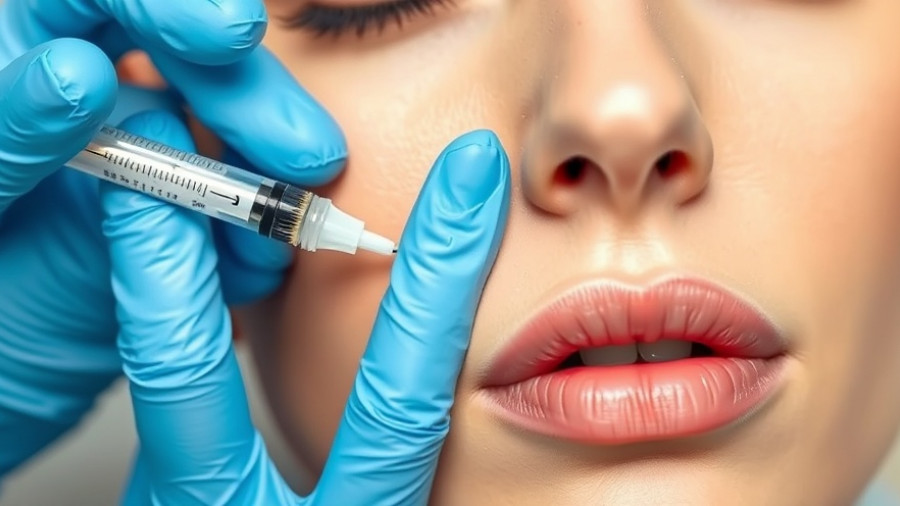
Understanding Pimple Patches: Miracle or Myth?
Acne is a common struggle for many, especially among women looking for fast and effective solutions for their skin. The promise of pimple patches, claiming to zap zits overnight, can be tempting. But how effective are these little stickers really? Let's dive into the science behind these patches and when they might be the right choice for you.
How Do Pimple Patches Work?
Pimple patches are designed to hydrate and protect acne spots, creating the perfect environment for healing. Most patches are made using hydrocolloid, which absorbs moisture and helps flatten surface-level pimples. Products like Mighty Patch™ use this technology, affording users a clearer complexion without the urge to pick at their zits. But it's essential to note that the effectiveness of these patches can be limited. If you have deeper cystic acne, hydrocolloid alone may not suffice.
Active Ingredients: What to Look For
Many pimple patches contain beneficial ingredients like salicylic acid, which is known for its pore-clearing abilities. While salicylic acid patches can diminish the size of pimples quickly, they may not be suitable for everyone. Sensitive skin types may experience dryness or irritation, especially when using ingredients like tea tree oil, which, despite its natural antibacterial properties, can trigger allergic reactions in some.
For those dealing with more significant breakouts, patches with micro darts might seem innovative. These tiny needles penetrate the skin, allowing for deeper delivery of acne-fighting ingredients. Though effective for mild acne, caution is advised for those with severe breakouts, as irritation could worsen the condition.
When to Use Pimple Patches
According to dermatologists, pimple patches can be a great short-term fix for occasional breakouts. In a recent study published by the American Academy of Dermatology, participants using hydrocolloid patches alongside their skincare routines experienced notable improvements, including reduced redness and size of inflamed pimples. However, these patches are not magic solutions for everyone.
Recognizing Limitations: When to Seek Professional Help
While pimple patches can be helpful for inflamed areas close to the skin’s surface, persistent acne is a different story. Many factors contribute to ongoing breakouts—hormonal changes, lifestyle choices, and skincare routines being a few important culprits. Cystic acne, which forms deeper under the skin, requires a different approach, often necessitating a visit to a dermatologist for more specialized treatments.
The Emotional Impact of Breakouts and the Search for Solutions
Acne can impact self-esteem and confidence, particularly for women seeking to maintain a particular image. Many individuals might turn to temporary solutions like pimple patches to address the immediate visible concerns. However, understanding that these patches won’t solve the problem at its root can be key to a more comprehensive skincare strategy.
Exploring Other Remedies and Lifestyle Changes
Instead of relying solely on patches, consider incorporating dietary changes, stress management, and a consistent skincare regimen. Foods high in omega-3 fatty acids, antioxidants, and hydration can aid in achieving healthier skin. Additionally, consulting a dermatologist may provide personalized solutions, paving the way for clearer skin in the long run.
Conclusion: Embrace a Holistic Approach to Skincare
Pimple patches can offer a quick fix, but they're not an answer to all acne-related problems. Understanding the limitations and seeking professional advice can lead to healthier skin. If you've ever wondered about the efficacy of pimple patches, think of them as part of a larger strategy for managing breakouts effectively. For those looking to go deeper into their skincare journey, reaching out to a dermatologist could open the doors to lasting solutions. Let’s face those pesky pimples together and come out victorious!
 Add Row
Add Row  Add
Add 




Write A Comment